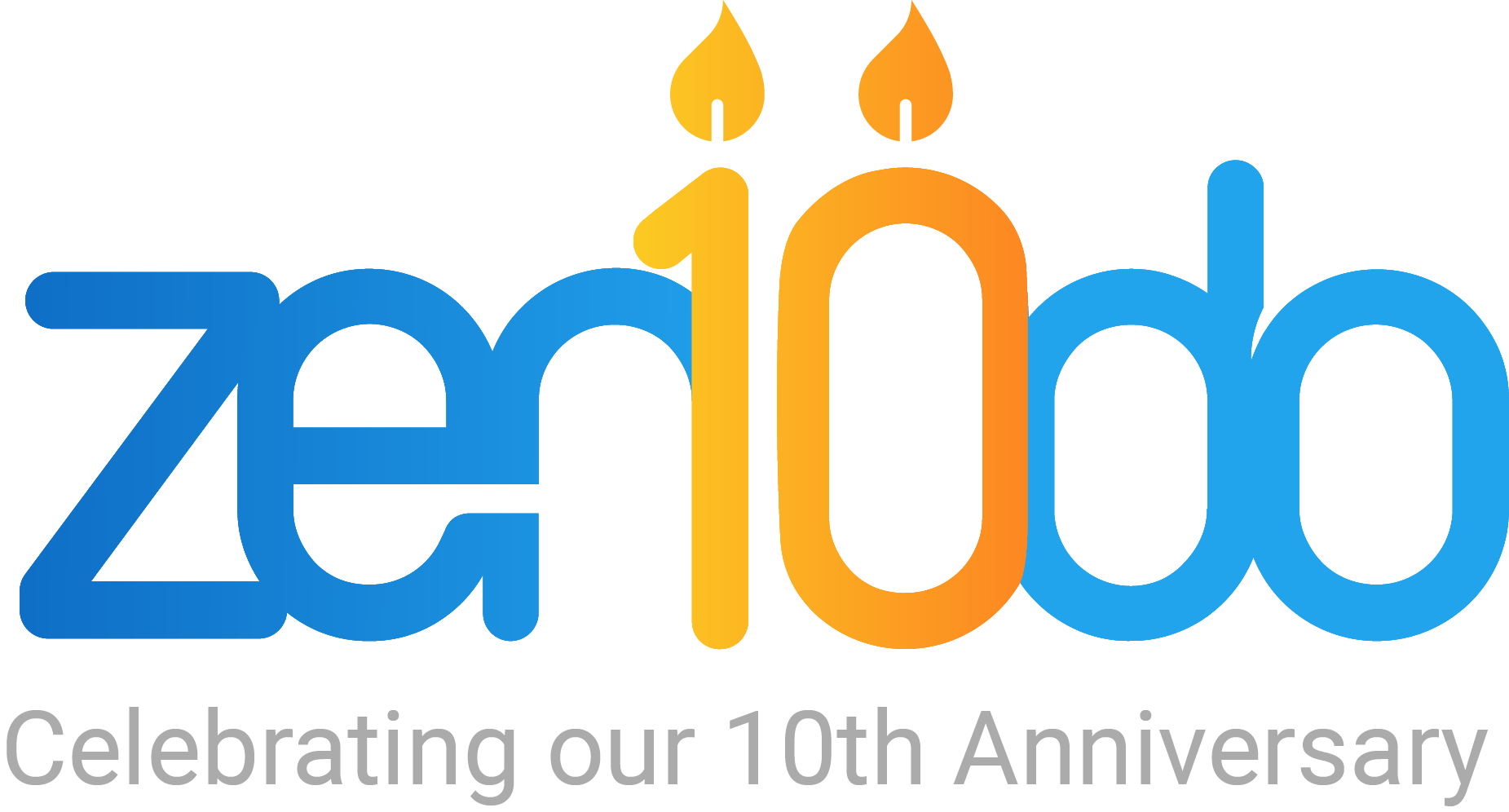In the face of climate change, the way we build, renovate, and manage buildings is undergoing a fundamental transformation. But innovation in energy-efficient renovation is not just about deploying the latest technology, it’s about understanding the people who live and work in those buildings and designing solutions that respond to their needs. That’s why FORTESIE has placed users at the heart of its methodology. This article offers a behind-the-scenes look at how we developed a user-centric approach to understanding the stakeholders involved in the FORTESIE project.
Understanding the context: policy, people, and place
Before defining solutions, it was essential to carry out a thorough analysis of the current status of our pilot sites. These pilots represented a rich variety of building types, user groups, and technical environments. Some were public buildings in dense urban areas; others were private homes in rural settings. What unified them all was the opportunity to test new models of smart renovation, tailored to each site’s specific local and social realities.
Capturing the “Before” scenario
The next step in our process was to build a comprehensive picture of the “before” situation, which is the set of existing conditions at each pilot site. This included technical assessments of the buildings (such as insulation quality, HVAC systems, and energy usage), but also delved into human and social dimensions: Who uses the building? What are their habits, concerns, and needs?
To explore these questions, we applied a methodology rooted in the Common Impact Model (CIM), complemented by techniques drawn from the social sciences and humanities. The CIM enabled us to assess potential impacts of interventions across key dimensions, such as energy performance, comfort, and economic feasibility. But to ensure our process was truly user-centric, we went even further.
Listening to users: Use Cases, Personas, and User Stories
At the heart of our methodology lies a commitment to co-creation. We weren’t interested in designing solutions for users, we wanted to design them with users. That meant dedicating time and resources to structured engagement processes that uncovered expectations, behaviours, frustrations, and aspirations.
We broke this process down into three key components:
1. Use Cases
Each pilot site developed use cases that reflected real-world situations in which users would interact with the proposed renovation services. These grounded the technical innovations in everyday life, such as how a building manager might track energy performance, or how a resident might access tailored financing options for retrofitting their home.
2. Personas
To humanise the data and make it actionable, we created detailed personas (fictional but realistic representations of user types). These included motivated citizens, cautious homeowners, energy service companies (ESCOs), renovation contractors, municipal officials, and more. Personas helped to empathise with diverse users and ensure that all voices were represented in the design process.
3. User Stories
We then crafted user stories to give a narrative structure to user needs and expectations. Each story followed a simple yet powerful format: “As a [role], I want to [action], so that [benefit].” These stories brought clarity to the kind of interactions users expected, from intuitive, transparent digital tools to simplified administrative processes and accessible financing schemes.
Empowering innovation through participation
By the end of this process, each pilot had constructed a solid foundation of insights about its users and their needs. This groundwork didn’t just inform the technical specifications of the services under development, it also created the cultural conditions for more democratic, participatory approaches to renovation.
Moreover, by embedding co-creation into the design process, we positioned each stakeholder not as a passive recipient of technology, but as an active participant in the energy transition. It also fostered a fertile environment for social innovation to grow alongside technical advancement.
As FORTESIE progresses, the insights gathered through this user-centric process are guiding the development of smart renovation services that are fit for purpose and for people. From digital platforms to green financing mechanisms like the Green Euro, everything we build will be grounded in the voices and needs of the communities we serve.
Because ultimately, the shift to a low-carbon, high-efficiency building sector isn’t only a technological challenge, it’s also a human one.

